
Safety and Comfort: Design Strategies for a Patient-Centered Healthcare Spaces
by zhoosh_admin | April 13, 2023
Designing spaces for the healthcare industry can be a balancing act. You need to ensure patients feel welcome and are comfortable whilst ensuring the healthcare practitioners have everything they need to do their job and maintain a clean environment for patients.
Regarding healthcare spaces, safety and comfort are two of the most critical factors to consider. Patients come to healthcare facilities to seek medical help and support, and their environment must be conducive to their healing process.
This blog will explore design strategies for creating patient-centred healthcare spaces prioritising safety and comfort. From the layout of the waiting area to the materials used in the examination rooms, every design element plays a crucial role in ensuring a positive patient experience.
By the end of this blog, you will have a deeper understanding of how design can impact patient outcomes and be better equipped to create healthcare spaces that meet the needs of both patients and healthcare practitioners.
Patients Come First in Design
The focus in healthcare should always be the patient, whether it's a retirement home, dentist's office, or hospital. Healthcare spaces must be designed for patient's needs and preferences to ensure they feel comfortable, safe, and supported during treatment.
One of the primary reasons why patient-centred design is so important is that it can enhance the patient experience. Patients who feel comfortable and at ease in their surroundings are more likely to have positive health outcomes and feel satisfied with their care.
Design for Accessibility
Accessibility is a key consideration when designing spaces for healthcare. Whether that means ramps, stair lifts, or even elevators, healthcare spaces must be designed to accommodate patients of all abilities. It is essential that patients with physical disabilities, visual or auditory impairments, or cognitive impairments can access and use healthcare facilities comfortably and independently.
One important consideration when designing healthcare spaces is the layout of the facility. The layout should provide straightforward navigation for all patients. Clear signage and wayfinding aids can be used to help patients navigate the facility, and tactile indicators can be used to help patients with visual impairments. Additionally, furniture and equipment placement should be carefully considered to ensure enough space for patients using mobility aids, such as wheelchairs or walkers.
Colour and Lighting in Healthcare Facilities
Often overlooked by many, the colour and lighting of healthcare facilities can have a notable impact on patient well-being. These elements are essential in creating a calming and comfortable environment for patients, especially those already feeling anxious or stressed due to their medical condition.
The use of colour can significantly impact patient perception and emotions. For example, bright and bold colours can create an energising and stimulating environment, whereas soft and muted colours can be calming. In healthcare spaces, it is essential to use calming and soothing colours, such as shades of blue, green, and lavender, which have been shown to reduce stress and anxiety.
Similarly, lighting can affect patients' moods and overall well-being. Proper lighting can help to create a comfortable and relaxing atmosphere, while poor lighting can increase stress and anxiety. In healthcare spaces, providing ample natural light and using warm, soft lighting in patient rooms and common areas is essential. This type of lighting can create a more welcoming and comfortable environment for patients, which can help to improve their overall well-being.
Design to Foster Community
This strategy is predominantly relevant towards retirement homes but holds for many other healthcare facilities. Promoting a sense of community can significantly benefit patients, providing social support and reducing feelings of isolation and loneliness.
One effective way to create a community within healthcare spaces is by designing communal areas. These spaces can serve as gathering places for patients, where they can interact with one another and participate in group activities. Some examples of communal areas might include a shared living room, dining hall, or outdoor courtyard.
In addition to communal areas and group activities, healthcare facilities can prioritise communication and collaboration among staff members. When staff members work together effectively, they can provide better patient care and create a more supportive environment. This might involve regular staff meetings, clear communication channels, and shared goals and objectives.
Designing for Safety
One of the more crucial aspects that designers must consider for the healthcare industry is safety. In healthcare spaces, safety is paramount, as patients, healthcare professionals, and visitors depend on a safe environment to facilitate care delivery. As such, designers must be intentional in their approach to creating safe healthcare spaces.
One strategy for designing for safety in healthcare spaces is using slip-resistant flooring. Healthcare spaces can be prone to spills, creating a hazardous environment, particularly in high-traffic areas. Slip-resistant flooring can help to reduce the risk of slips and falls, which is a common cause of injuries in healthcare settings. The flooring is typically made of materials with a high coefficient of friction, which provides a better grip for shoes and reduces the likelihood of falls.
Another strategy is the use of handrails. Handrails are essential in healthcare spaces, particularly where patients may be unsteady on their feet, such as in hallways, stairs, and bathrooms. Handrails can provide support and stability, which can help to reduce the risk of falls and improve the safety of patients and staff. When designing handrails, it is important to consider the height, location, and materials used to ensure they are effective and compliant with regulations.
What are some examples of successful patient-centred healthcare spaces?
Oakland Care, Lady Allum and Tooth Co are all examples of successful patient-centred healthcare spaces that aim to provide high-quality care while prioritising the needs and preferences of patients. Have a look at our work to find out how we can help.
How can healthcare providers work with designers to prioritise patient safety and comfort? Healthcare providers can work with designers to prioritise patient safety and comfort by consulting design professionals specialising in healthcare environments. For example, the team at Zoosh Studio is a group of designers and healthcare professionals who work together to create functional and aesthetically pleasing spaces.
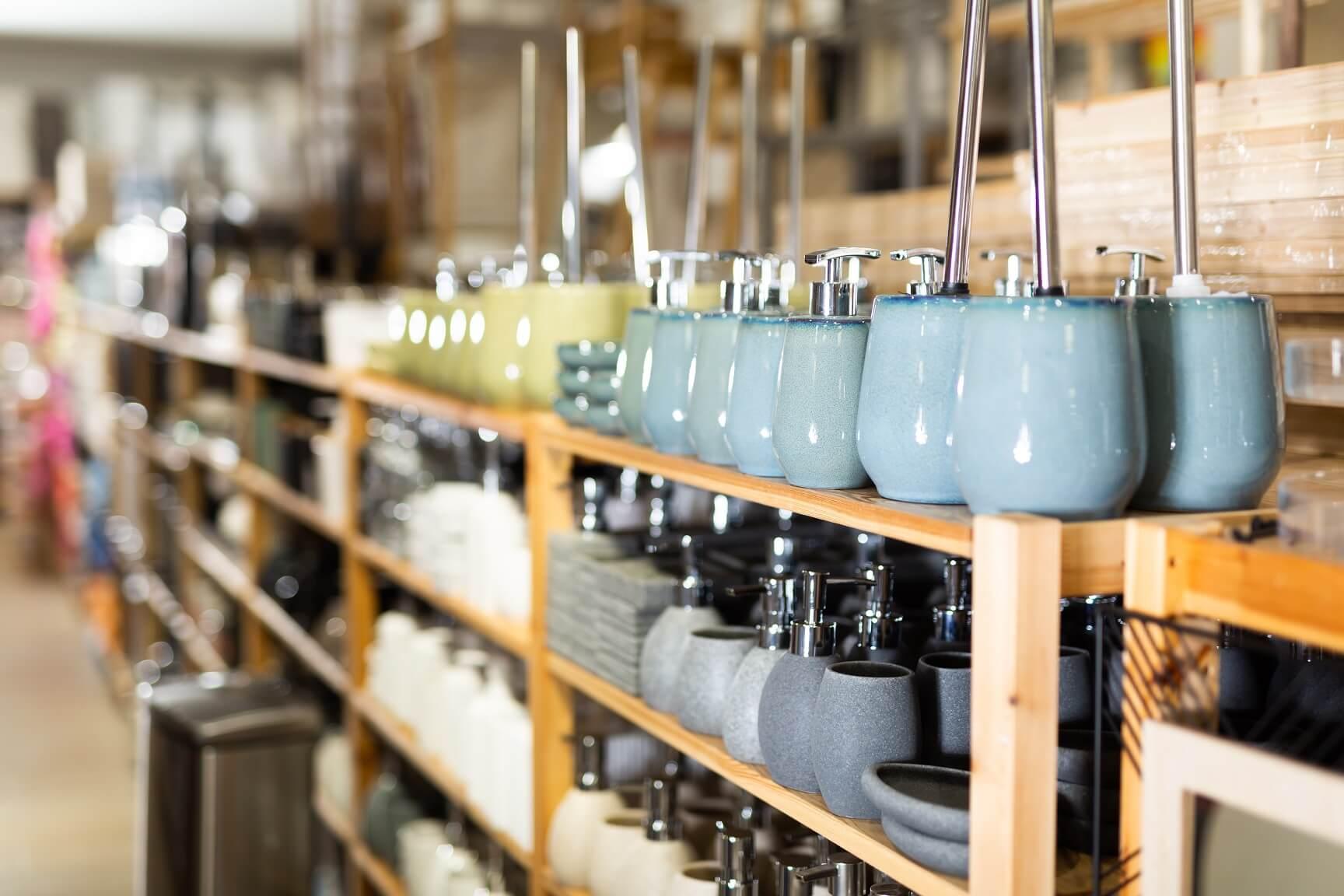
Best Shelving Design and Layout for Large Retail Stores
by zhoosh_admin | Sep 5, 2022

Trying to Reduce Retail Fit-Out Costs in NZ? Here’s How to Do It
by zhoosh_admin | Nov 23, 2022

Things To Consider When Planning A Building Rennovation
by Sam Frost | Nov 27, 2019
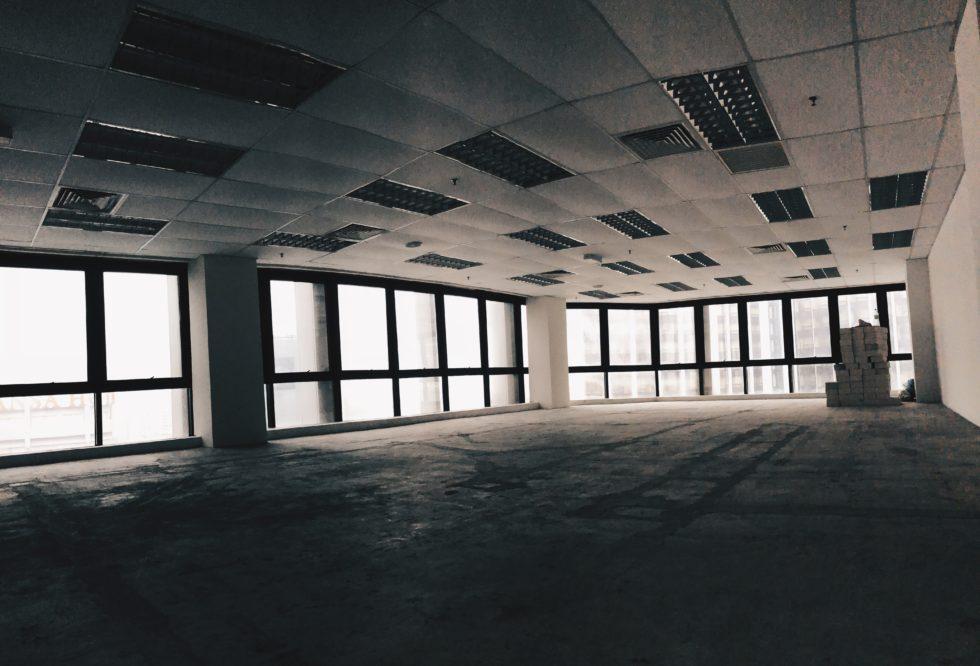
Cost-Effective End of Lease Office Make Good & Strip out Options
by zhoosh_admin | Apr 19, 2020

Retail Store Design Changes We’re Seeing Overseas
by zhoosh_admin | Oct 25, 2022
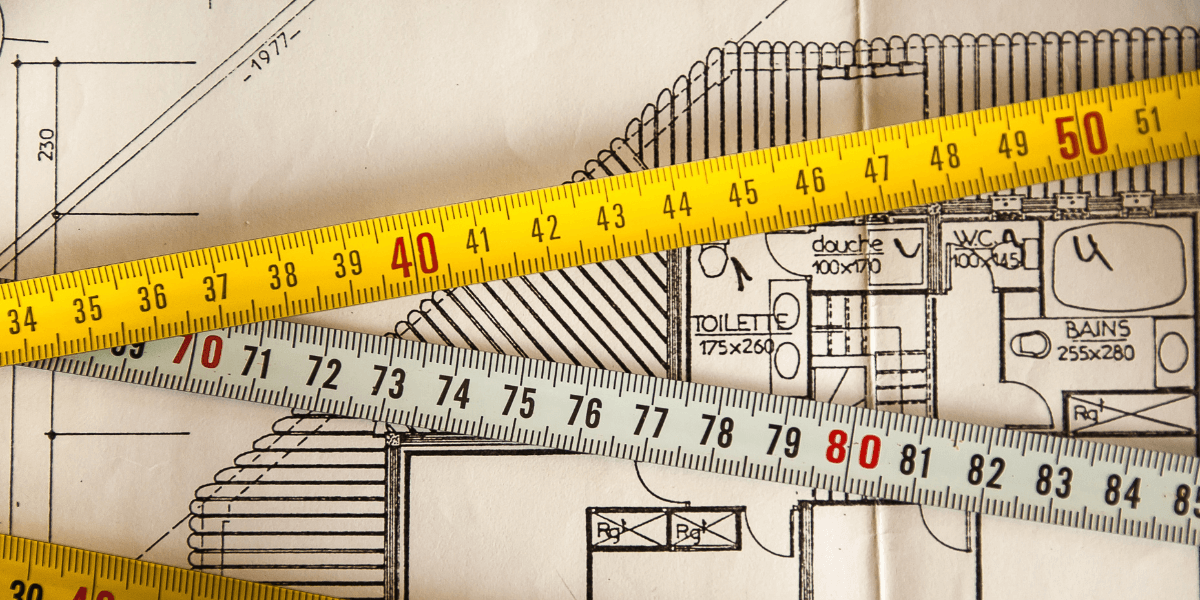
How Does the Design and Build Process Work?
by zhoosh_admin | May 31, 2023

6 Important Elements in Retail Store Design
by zhoosh_admin | May 23, 2022

Integrating Your Brand into Your Commercial and Retail Environments
by zhoosh_admin | February 22, 2023

Where Innovation Meets Functionality in Commercial Design
by zhoosh_admin | August 22, 2023

The Evolution of the Retail Store: eCommerce Is Changing Brick-and-Mortar Stores
by zhoosh_admin | Sep 30, 2022

What Do Customers Want In a Retail Store?
by zhoosh_admin | Jul 20, 2022
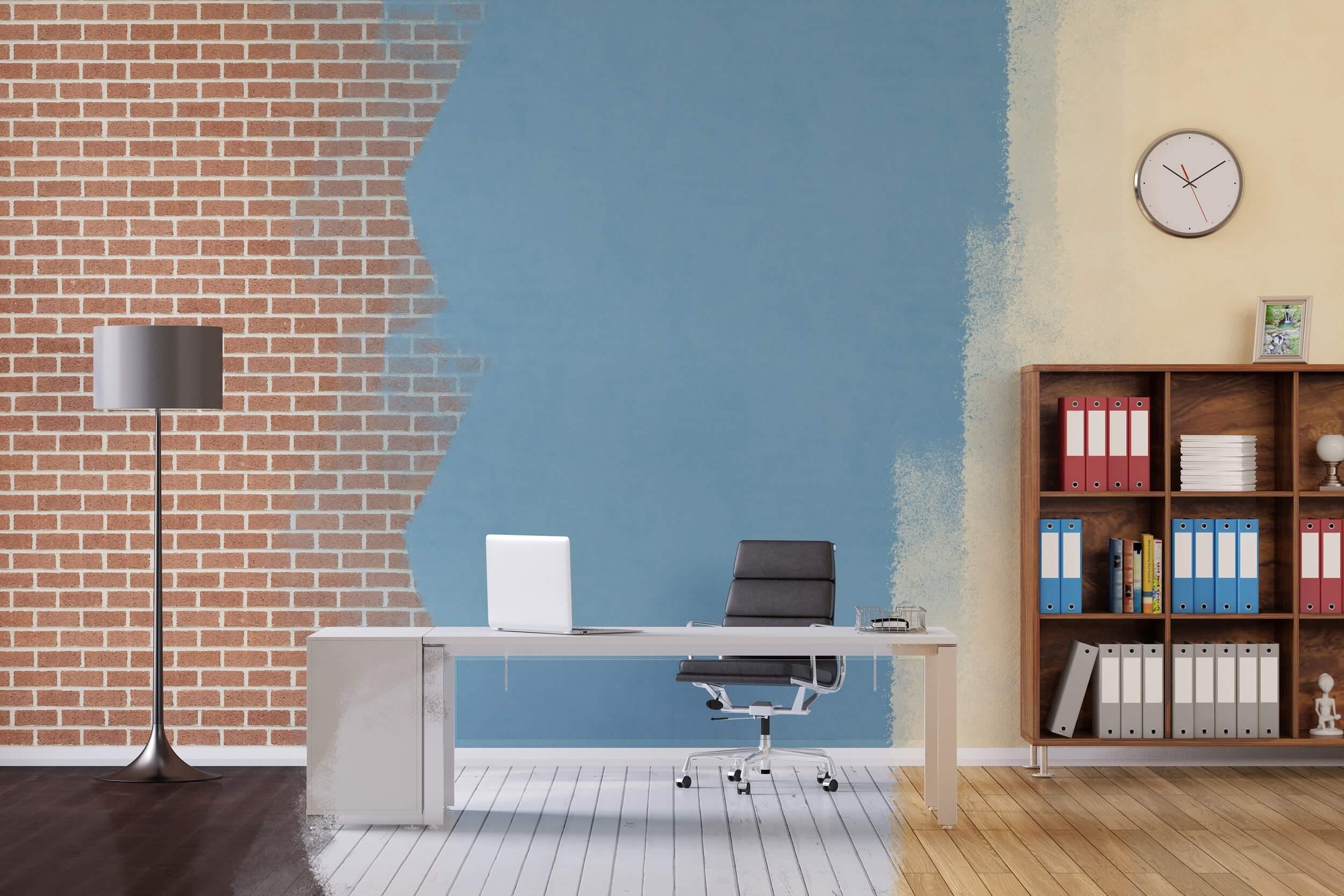
Signs It’s Time to Refurbish Your Commercial Space
by zhoosh_admin | Dec 20, 2021
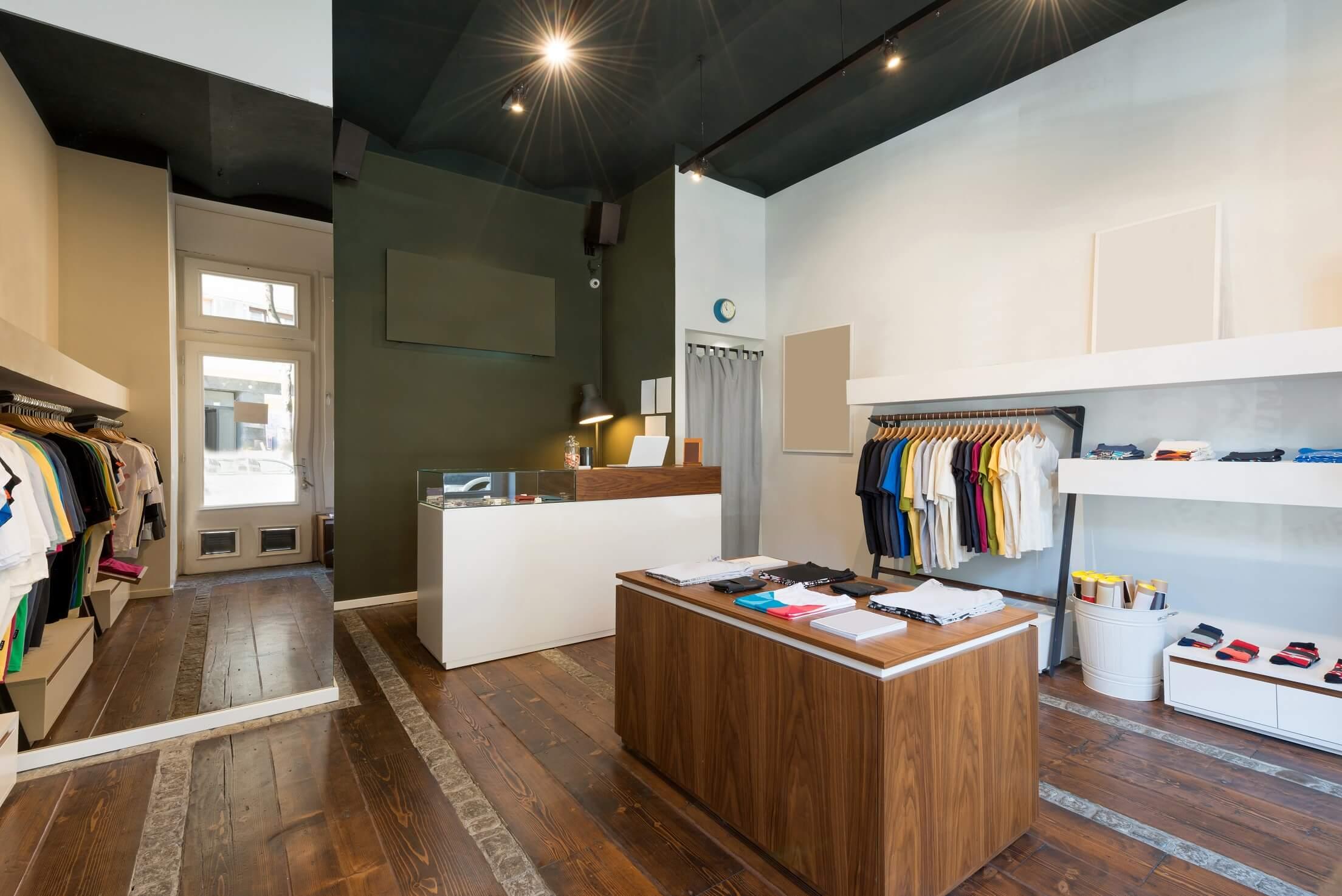
Best Commercial Fit-out Tips to Boost Retail Sales
by zhoosh_admin | Mar 22, 2022

The Post-COVID-19 Office Interior
by zhoosh_admin | Oct 27, 2021
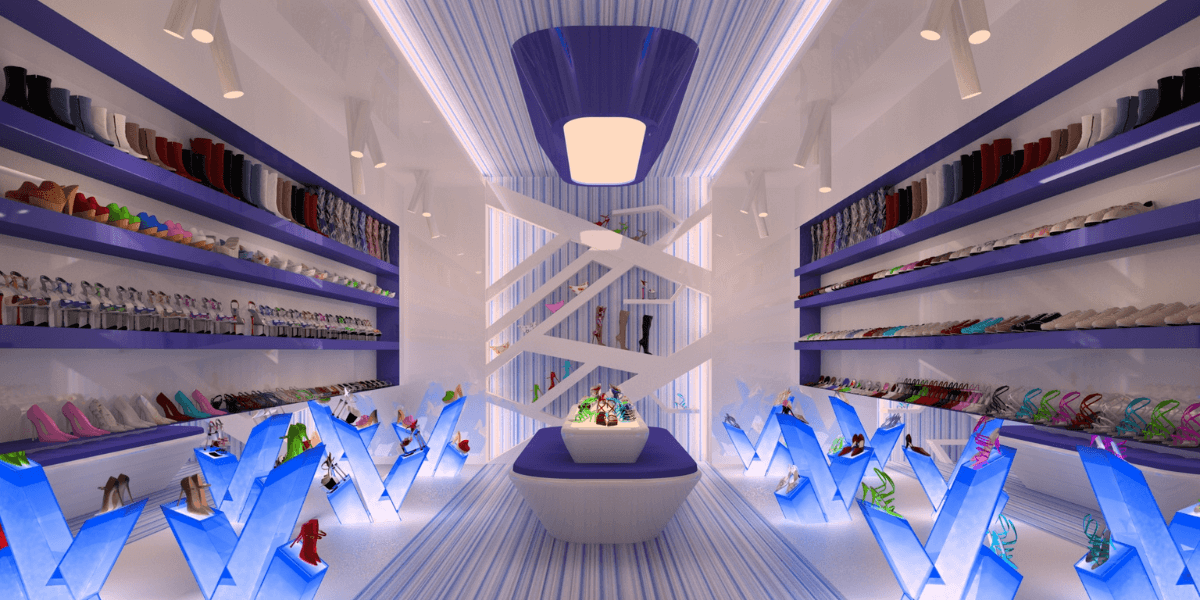
The Future of Retail Design: Innovative Trends for 2023
by zhoosh_admin | May 31, 2023

Designing for the Hybrid Workforce & Adapting Office Spaces
by zhoosh_admin | June 30, 2023
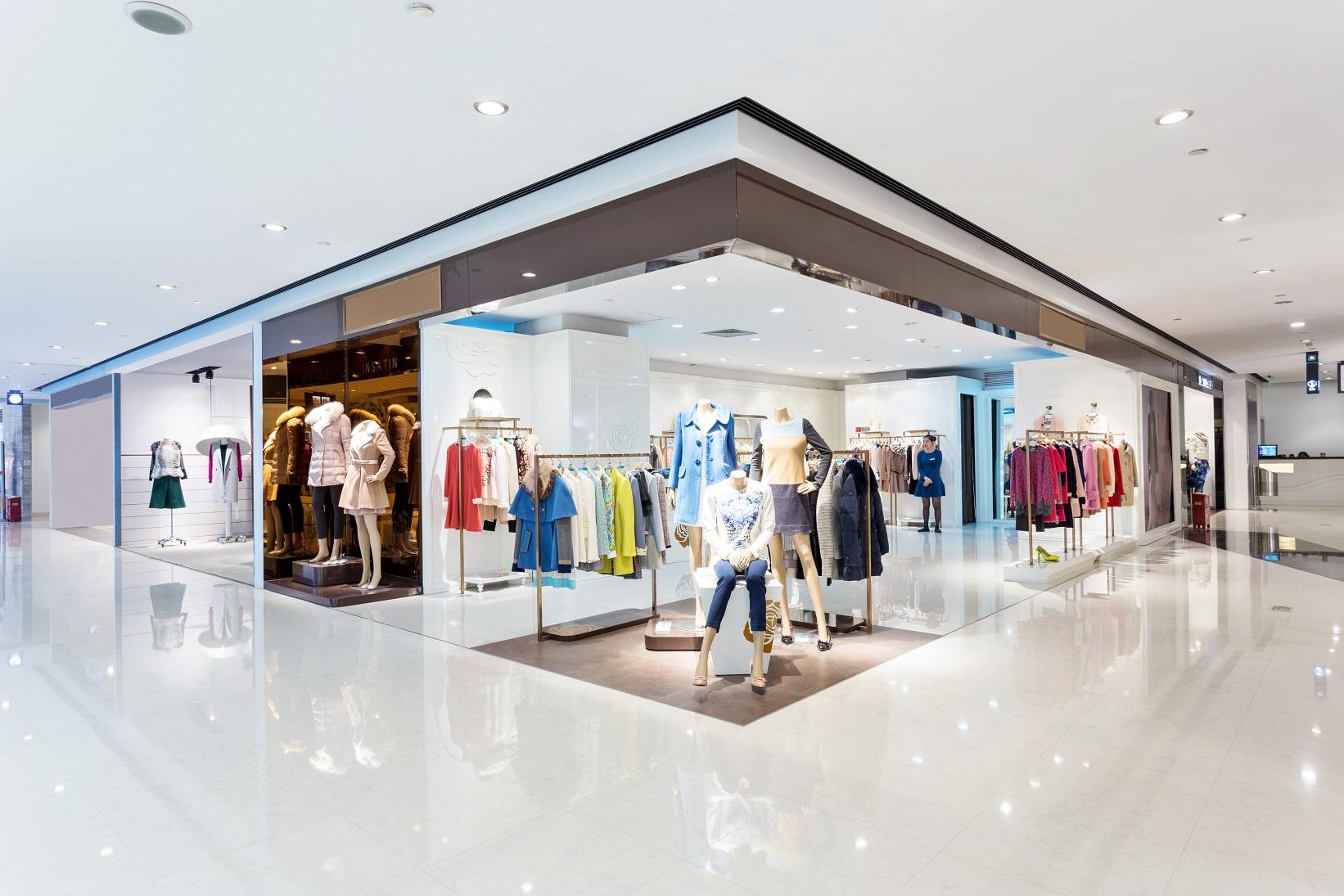
Your Guide to Commercial Interior Design in NZ
by zhoosh_admin | Jun 20, 2022

Crafting Custom Healthcare Interiors with Expert Fitouts
by zhoosh_admin | August 22, 2023

How much does it cost to refurbish an aged care interior?
by zhoosh_admin | Apr 13, 2020
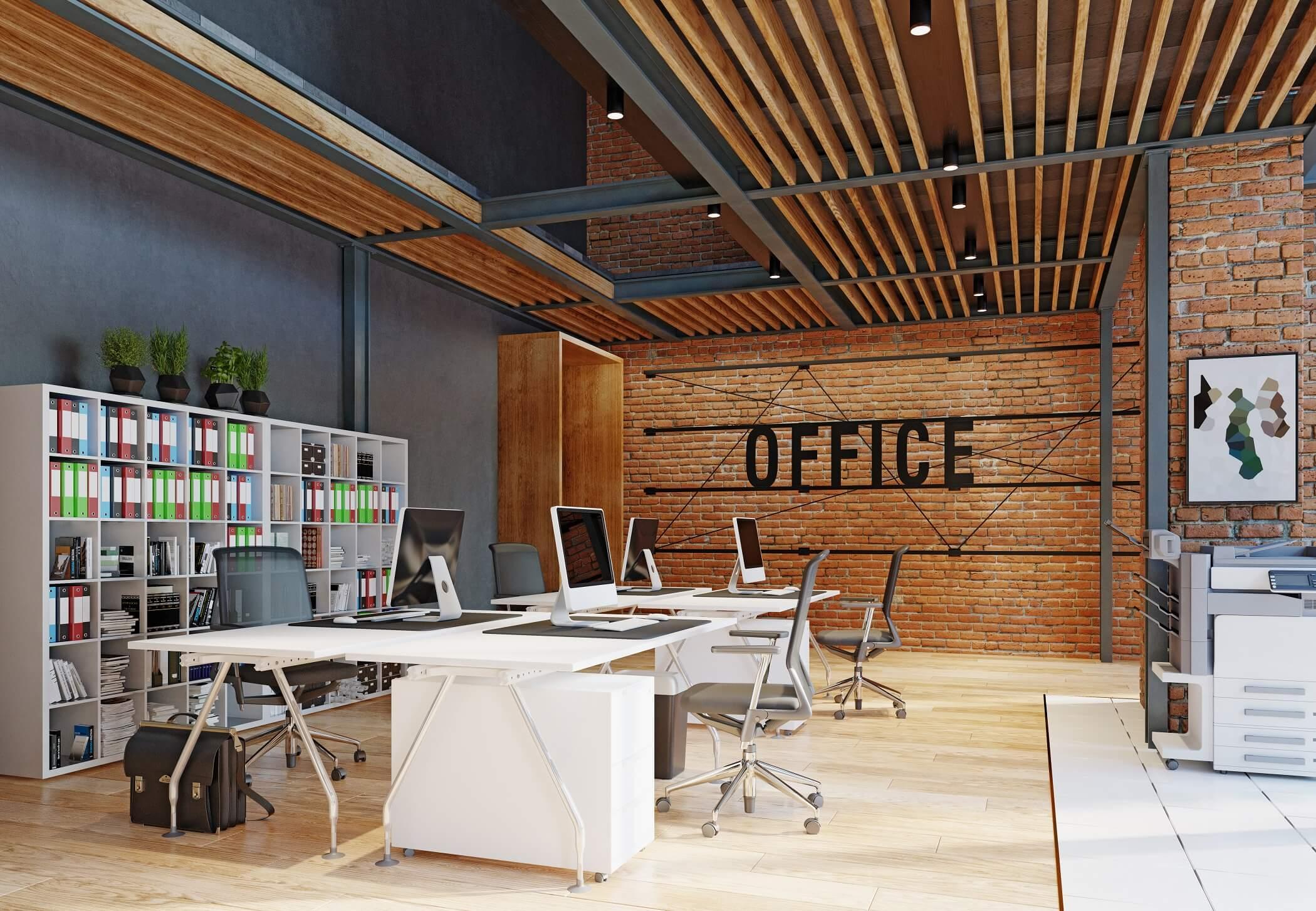
Innovative Office Design to Promote Productivity
by zhoosh_admin | Nov 22, 2021

Office Acoustics: Design Strategies for Noise Reduction and Productivity
by zhoosh_admin | June 30, 2023

What to look for when looking for construction companies in Hamilton.
by zhoosh_admin | May 6, 2020

Auckland Construction Company
by zhoosh_admin | May 6, 2020

Maximising Space: Tips for Small Retail Store Layouts
by zhoosh_admin | March 24, 2023

What is ‘Store Within a Store’ Retail Design?
by zhoosh_admin | September 1, 2023
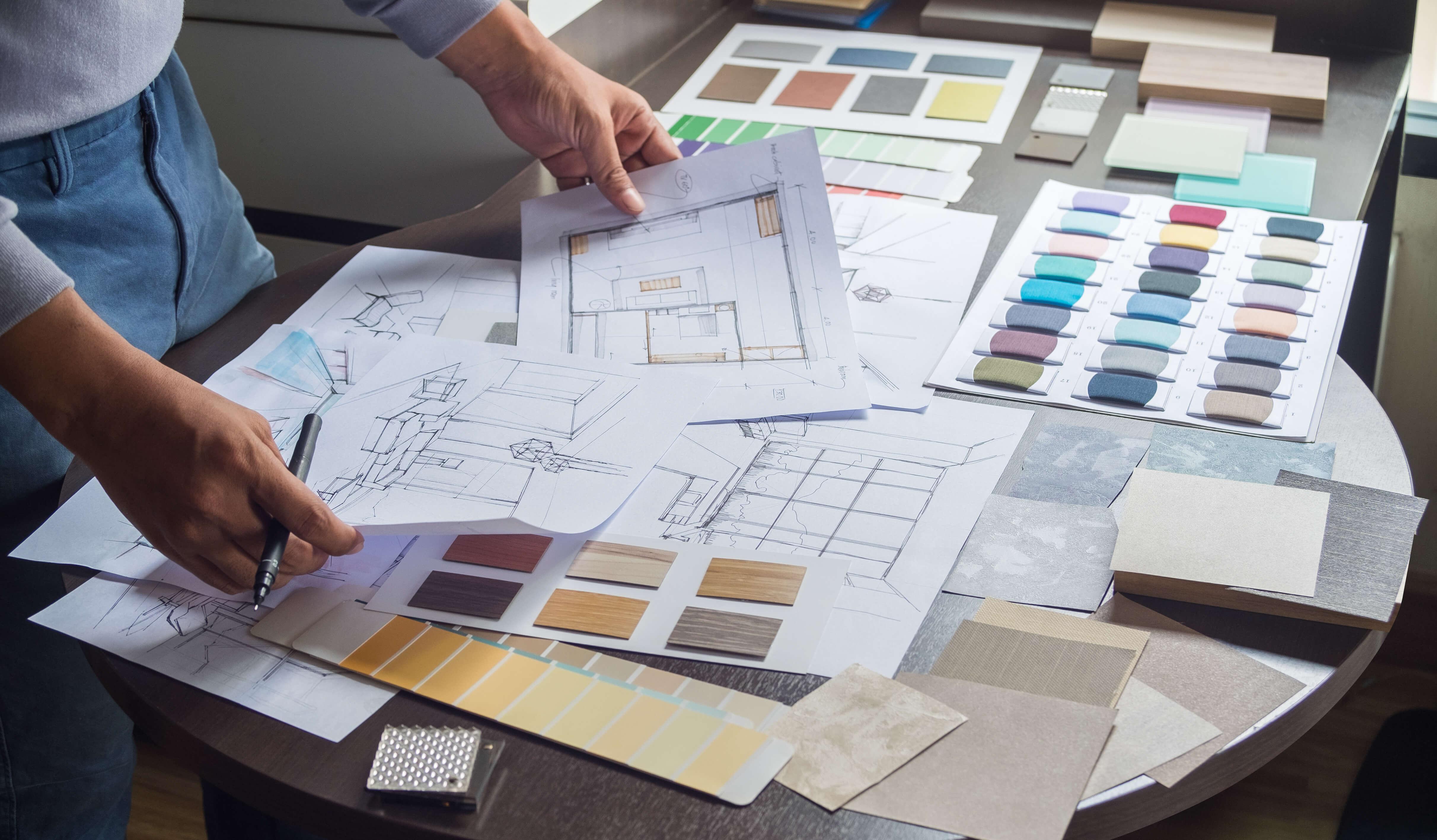
Transforming Your Office Space: How to Integrate Sustainability into Your Interior Design
by zhoosh_admin | January 22, 2023

Is design – build office refurbishments a good idea?
by zhoosh_admin | Jul 3, 2020

Cyclone Gabrielle: Essential Steps for Businesses in the Aftermath
by zhoosh_admin | February 27, 2023
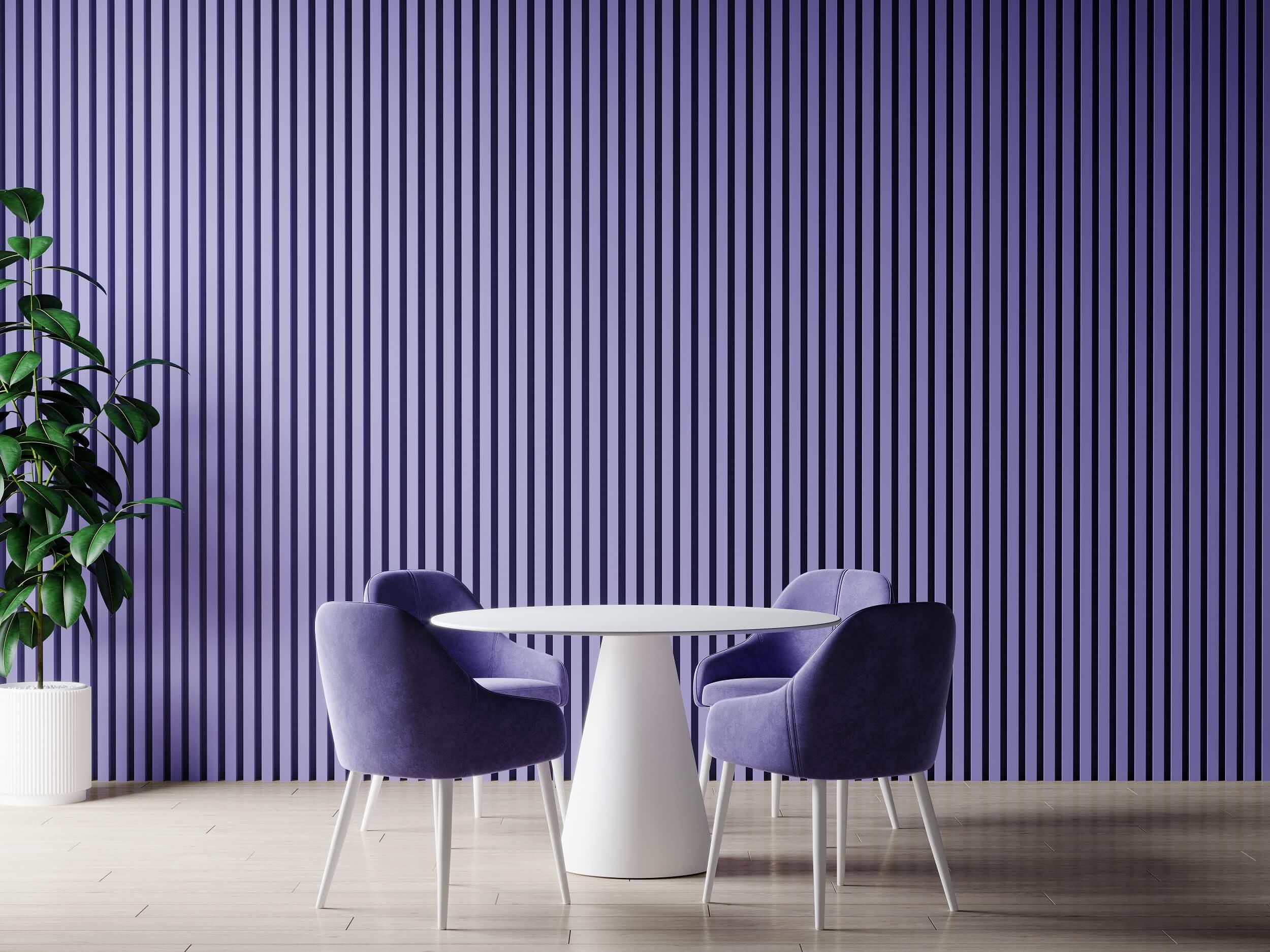
Corporate Interior Trends of 2022
by zhoosh_admin | Jan 31, 2022

Office Refurbishment & Fit-out Costs.
by zhoosh_admin | Nov 14, 2019

Cost-effective interior construction
by zhoosh_admin | Sep 21, 2020

Large Format Retail Store Design Ideas to Impress Your Customers and Clients
by zhoosh_admin | May 23, 2022
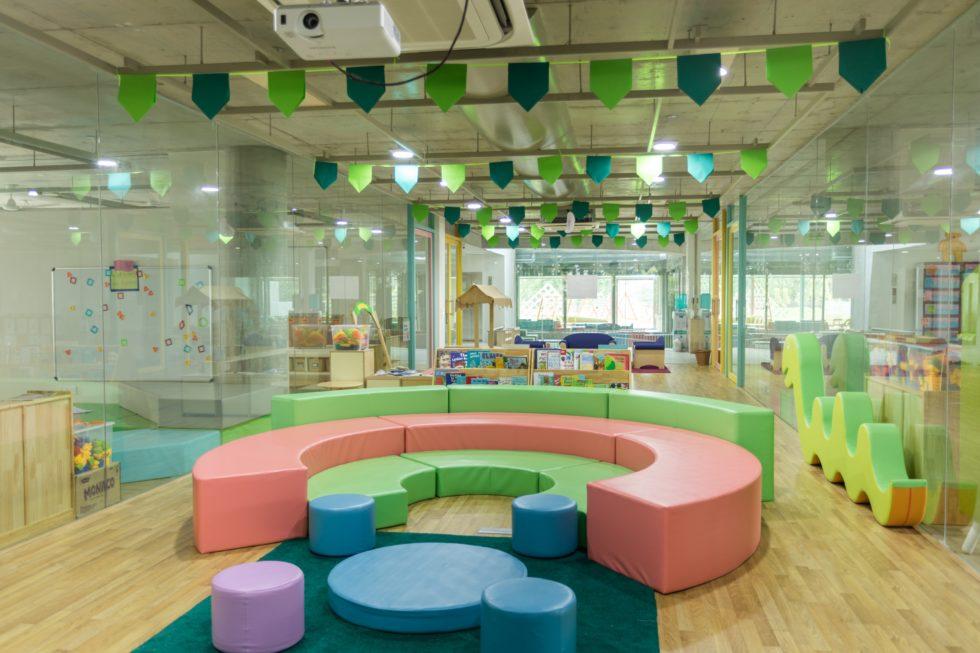
6 steps to an innovative learning environment at your school
by zhoosh_admin | Apr 30, 2020

6 Common Store Layout Mistakes Made by Retailers
by zhoosh_admin | December 22, 2022
Auckland
660-670 Great South Road
Ellerslie
Auckland 1051
0800 753 583
09 553 4552
hello@zooshstudio.co.nz
Christchurch
Unit 8, 19 William Lewis Drive
Harewood
Christchurch 8051
0800 753 583
03 244 0365
hello@zooshstudio.co.nz